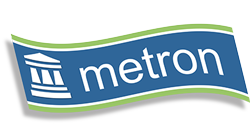As I said last week, putting aside the hardware
utilization data as a given, there are a
number of other high value pieces of data that we can capture and use to
understand the service.
Application/Service Data
Typically when I’m looking at an
application I want to know a few simple bits of information. How many work units, what type were they, how
long did it take to do them. Nice extras
will be things like internal limits, and poor performance indicators (deadlocks
for instance).
Databases - These usually have
very good instrumentation, and there are usually many agents that can be pulled
into service to get the data.
–
Well thought out APIs
or Windows Counters
–
Well thought out
Agents do this
SAP - SAP and the like also tend to
have a considered way of getting useful data out of them about the workloads,
and internal performance. ie: with SAP
there are specific transactions like ST03 which can be run to return data.
(CPU, transactions, database changes etc)
–
Various transactions
return Perf data (e.g. ST03)
What if there is no designed interface? - Not everything has been designed with a clear way for you to get data
about its workload & performance.
Then you have to start looking at what logging is available and how you
are going to process that to get the data you want.
–
Logs, databases,
write your own instrumentation
–
APM Tools
A good APM tool will give us a
LOT of useful information about the workload in our environment and I'll take a look at the benefits and difficulties on Wednesday.
In the meantime don't forget to sign up to our Community, it's free and gives you access to white papers, downloads, on-demand webinars and more.
http://www.metron-athene.com/_downloads/index.html
Phil Bell
Consultant











